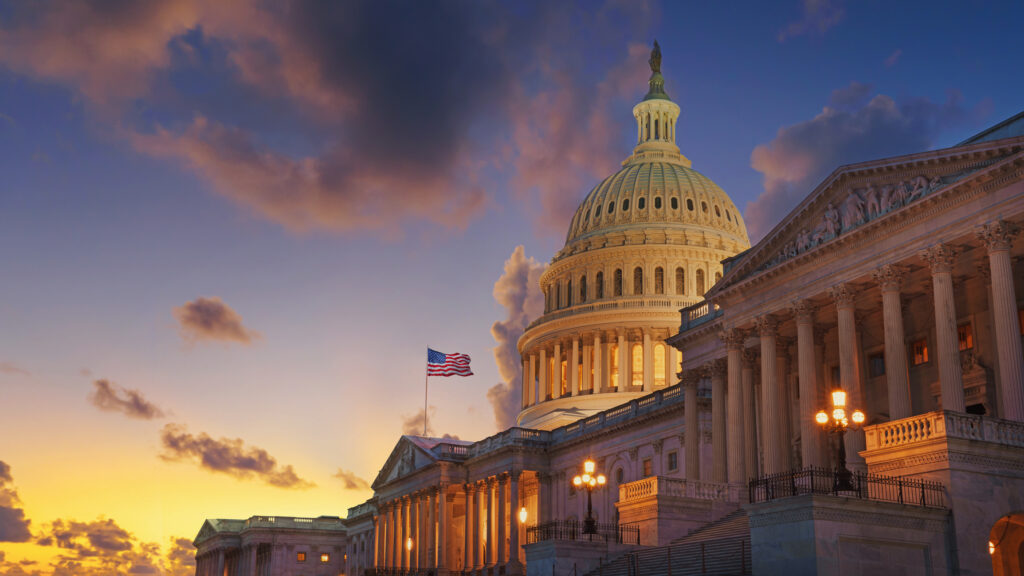You’d be alarmed to discover that your child’s pediatrician was really a geriatrics specialist with no training in childhood diseases. What if you learned that your child’s mathematics teacher had no undergraduate qualifications in mathematics? According to a new teacher survey, more than one in three public school teachers have neither a college major nor minor in their main assignment fields.
The findings are reported by the National Center for Education Statistics in a new analysis of national data on teachers and teaching. Using data from six Schools and Staffing Surveys conducted from the late 1980s to the early 1990s, as well as other sources, the new report provides information on the supply of and demand for teachers, teacher qualifications, teaching practices, job satisfaction, and demographic characteristics of teachers, schools, and students.
America’s Teachers: Profile of a Profession reports that a startling 36 percent of public school teachers who taught English, a foreign language, mathematics, science, or social studies had neither an undergraduate major nor minor in their main assignment fields. In schools where more than 40 percent of the students received free or reduced-price lunches, the figure jumped to 47 percent.
The qualifications of high school mathematics teachers are particularly troubling. As well as not having a major or minor in mathematics, about 15 percent of high school mathematics teachers are not even certified to teach the subject. Almost one in five schools with higher concentrations of poorer students reported that it was “very difficult” to recruit mathematics teachers.
“You can’t find math and science teachers because they can make a lot more money in other fields,” says Myron Lieberman of the Education Policy Institute.
The recruitment situation is unlikely to improve over the next few years, according to the report, which warns of rising enrollments and a surge in teacher retirements. One in six teachers retires or leaves the profession every year. Education Secretary Richard Riley predicts that two million new teachers will be needed over the next decade, increasing the total number of teachers from 2.7 million in 1997 to 3 million by 2006.
The nation’s teacher colleges appear well-positioned to meet the growing demand for new teachers. In 1990, the American Association of Colleges for Teacher Education reported that 2.5 million people were training for jobs in education, enough to replace every school teacher in the nation over a five-year period. However, only about one-third of teacher trainees actually take teaching jobs, and of those that do, 30 percent quit within five years.
George A. Clowes is managing editor of School Reform News. His email address is [email protected].




